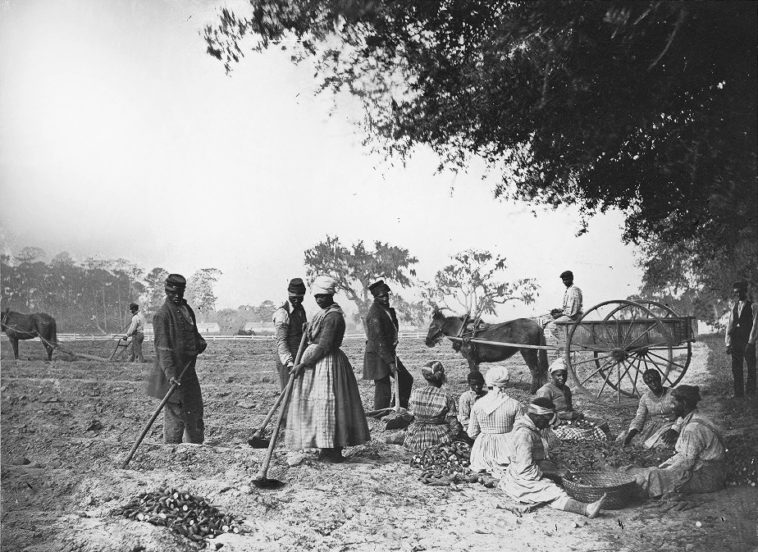
Debates about slavery in the United States
The issue was over the decision to
establish a House of Representatives, of which each state’s membership would be
decided by its population. The greater the population of a state, the more
representatives it would have in the lower house of Congress.
Slavery in the Late 18th Century
Slavery was not a particularly burning or
divisive issue in the 1780s. Indeed, as an institution it had been in decline
for some time. The northern states did not need huge numbers of slaves,
although there were still as many as 10,000 slaves in New York State Maryland and Virginia Georgia and the Carolinas
did require the use of slaves, and this was where the largest numbers were
employed.
It was only when Eli Whitney’s cotton gin
made production possible across a much wider sweep of territory, from the 1790s
onward, that the plantation system really took hold in the South, and with it
the development of slave labour on a much larger scale.
Slavery and Representation of the States
Of the 13 ex-colonies that were to become
the first “United States ”,
only five regarded the institution of slavery to be essential to their
economies (although this was a dubious claim in the cases of Virginia
and Maryland
On the face of it, this was also unlikely.
Although industrialization had yet to take off in the northern states, that was
where the larger cities were, such as Boston , New York and Philadelphia Georgia
as against Rhode Island and Connecticut
Unless, that is, you counted the slaves.
The Constitutional Compromise over Slavery
There was no disagreement about the status
of Native Americans. They did not count for purposes of representation, but
then they were distributed across all the colonies at this time. However, if
the southern states could count their slaves, they would quite easily be able
to overcome their disadvantage in Congress.
The northern delegates at the Convention
pointed out, with some justification, that it was strange that southern slave
owners should regard their slaves as being mere items of property when it
suited them to do so, but equal with them as human beings when the occasion so
demanded.
However, it became clear that, for the
Convention to succeed, a compromise would be needed, and this was that each
slave would count as three-fifths of a free person. This allowed, for example, the
Carolinas to have ten representatives between them, as against the eight from Massachusetts free states
The Illogical Nature of the Compromise
Many northerners were distinctly unhappy
with this state of affairs. One wit even proposed that horses, being as useful
as slaves, should surely count as being two-fifths of a person, and man’s best
friend, the dog, had a good claim to count as one-fifth of his master, for
purposes of representation.
This was just one example from history of
how expediency can take precedence over justice and logic. It was not until the
14th Amendment to the Constitution was ratified in 1868 that this
nonsense ceased to be part of the American Constitution.
© John Welford
No comments:
Post a Comment